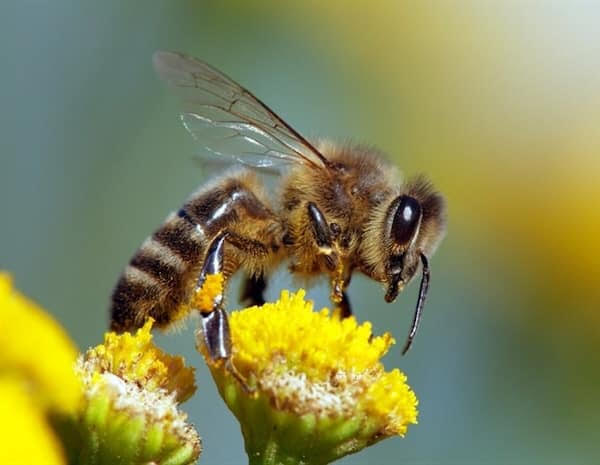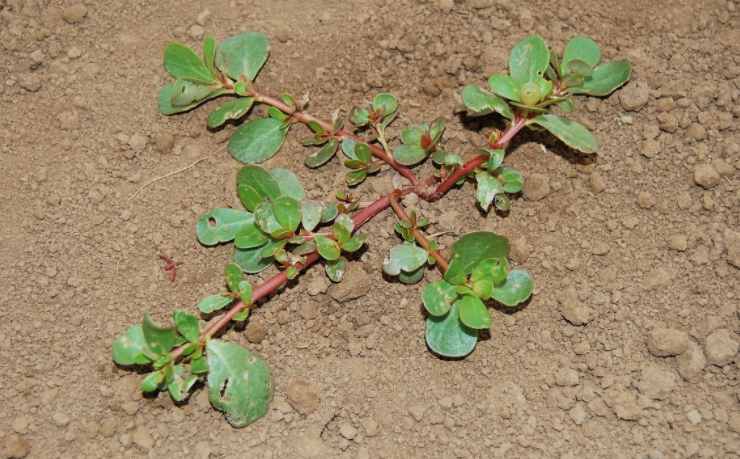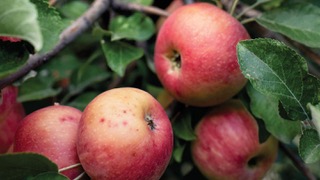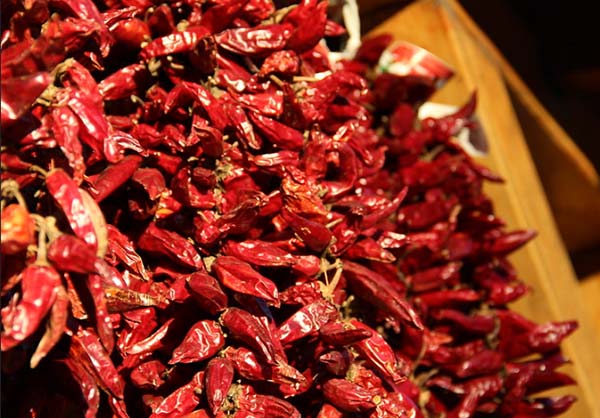
by Daniel Goodman | May 13, 2021 | Food, History Herald
Hello from your History Herald! As spring gently rouses New Mexico from its winter sleep, the days become warmer and brighter and our gardens welcome back their beautiful blooms. Will all this beauty around, I am inspired to talk about one of Earth’s most impressive...

by Daniel Goodman | Mar 31, 2021 | Curator's Corner, Food
by Amanda Mather, Curator of Collections As spring springs around here it makes me think of all the green things I have missed over the winter that are now starting to bud and come back to life. Here is to one of my favorites, and some green I can’t wait to see! This...

by Daniel Goodman | Aug 17, 2020 | Animals and Agriculture, Food
by Laura Gonzales, Education & Volunteer Manager Hello from the History Herald! Did you know that apples have been an integral part of New Mexico’s history for over 300 years? In the past, New Mexico orchards were ripe with an array of heirloom apples brought over...

by Daniel Goodman | Jun 29, 2020 | Curator's Corner, Food
by Amanda Mather, Curator of Collections Today for my book “report”” as it may be I would like to do something a bit unusual, emphasize just one author. Her name was Fabiola Cabeza de Baca Gilbert, she lived almost 100 years and was one of the great advocates for New...

by Daniel Goodman | Jun 29, 2020 | Curator's Corner, Food
by Amanda Mather, Curator of Collections There are certain cuisines and specific foods that are almost impossible to imagine without chile. Thai and Chinese cuisine, pasta arrabiata, I mean what did they even do in Szechuan before they had chiles? Before contact,...






